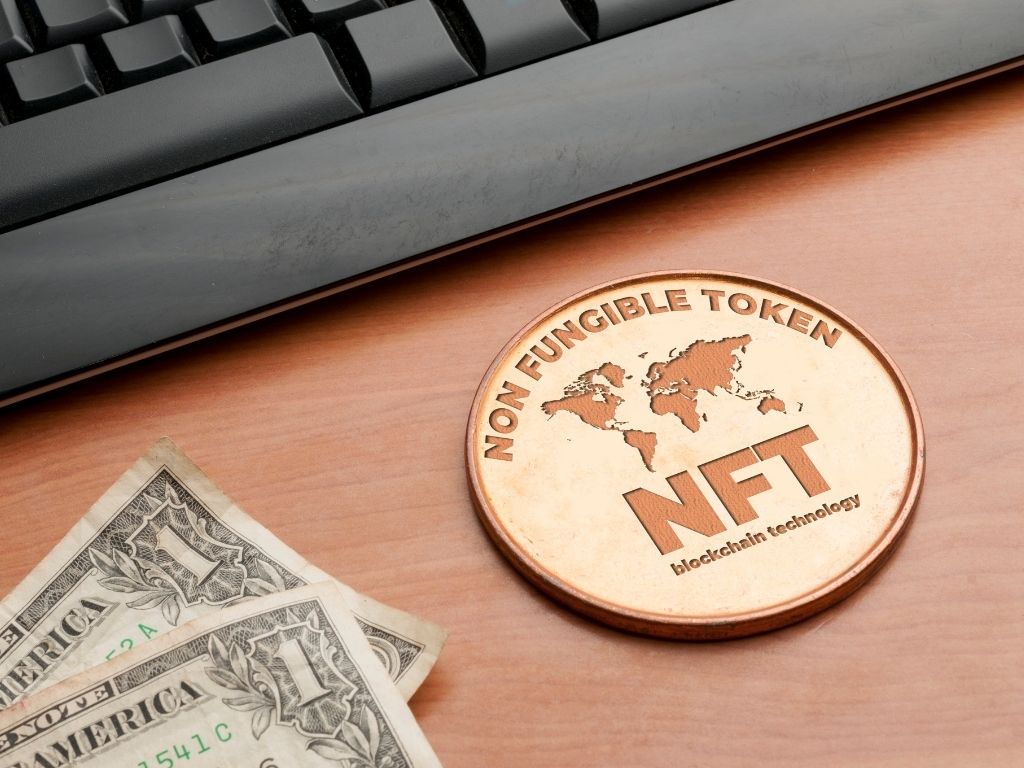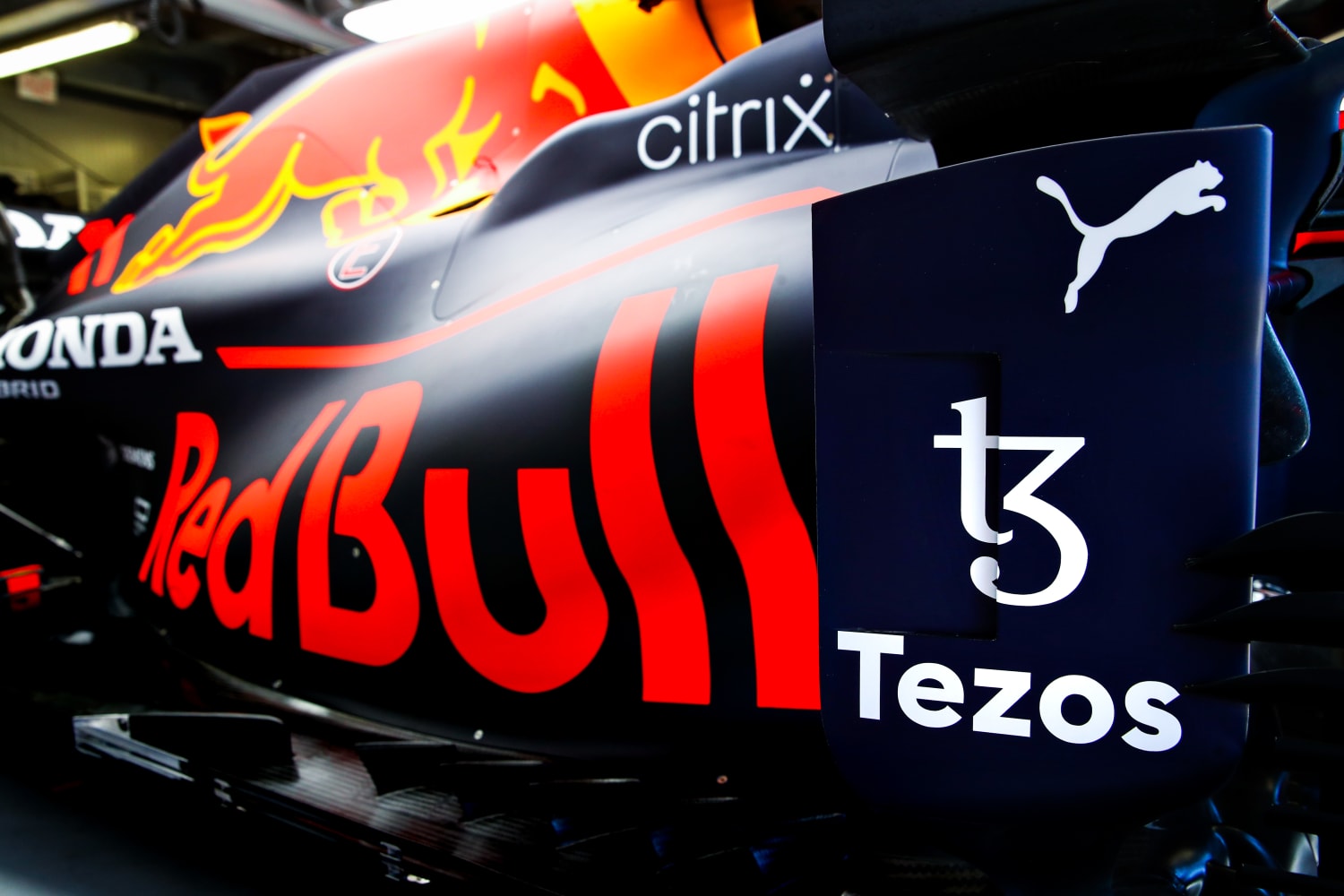What is Money Laundering And Wash Trading In NFT?
Wash trading may be undertaken for several reasons by a trader or company. For instance, the goal can be to promote buying to raise prices or sell to lower prices. In essence, a trader is looking for a tax refund when they carry out a wash sell to lock in a capital loss before repurchasing the asset at a lower cost basis.
What is crypto wash trading?
To mislead other market players about an asset’s price or liquidity, a trader or investor who engages in wash trading repeatedly buys and sells the same assets over a short period.
Traders employ wash trading as a market manipulation strategy to affect an asset’s trading activity and price. As previously discussed, wash trading entails quickly selling and buying the same asset. Typically, one or more collaborating agents make several deals without taking into account market risks, which leaves the initial positions of the hostile agents unchanged.
On the Ethereum blockchain, Cryptopunks, a Larva Labs NFT project, observed what can be called a “wash sale” in October 2021. CryptoPunk 9998, a cryptocurrency, sold for 124,457 ether (ETH). The ETH used to acquire the NFT was transferred to the seller before being returned to the purchaser to repay the loan taken out to purchase the digital blockchain artwork from Larva Labs. As a result, it was not just a flash loan but also a notable instance of NFT money laundering.
How does the wash trade operate?
The intention of the parties participating in a wash trade and the outcome of that trade allows wash trading to achieve its goal.
When a trader simultaneously buys and sells tokens for the same asset, it is known as a wash transaction. On the other hand, the concept of wash trades goes a step further and takes the investor’s goal or aim as well as the outcome of the transaction into account.
Investors or traders should have bought and sold assets with common beneficial ownership within a short period to engage in wash trading. When referring to accounts, the term “beneficial ownership” is used. Trades across accounts with the same beneficial owner may concern financial regulators since they may signify wash trading activity. However, wash trades don’t always include actual transactions; they can also take place when traders and investors pretend to exchange assets on paper.
What makes wash trading forbidden?
In conventional finance, wash trading is not permitted. On the other hand, in the decentralized world of non-fungible tokens, the legitimacy of wash trading has not yet been established (NFTs).
Even though there is no legislation or categorization for NFT, several governments have opposed it. For instance, a South Korean cryptocurrency exchange called Bithumb was charged for promoting wash trade worth more than $250 million in fictitious activity in 2018.
On April 5, 2022, Bloomberg reported that wash trading accounts for $18 billion, or 95% of the total trade volume on the NFT market called LooksRare. NFT tracker CryptoSlam provided this data.
This could be an interesting implementation, however if other projects start to “copy” this idea, then we’ve got a whole lot of wash-trading on our hands.
There’s already a inherent problem of 90% transactions between 1-5% of accounts in the market 👀#nft #moonbirds #crypto https://t.co/ABn11RXzRy
— VasuChaturvedi.eth (@VasuChaturvedi) April 19, 2022
Even though crypto wash trading is illegal in some countries, it is challenging to identify the offenders due to the decentralized nature of cryptocurrencies. Blockchain-powered assets can be traded anonymously, increasing the danger of wash trading. The risk is brought on by deceptive pricing and volume statistics, which cannot be avoided until authorities determine which country or region is in charge of overseeing cryptocurrencies. This contrasts with traditional financial products like equities, which have verified Know Your Customer criteria.
Also, read – Most Significant Moves Of Bitcoin Trading
How are NFTs employed in the money-laundering process?
When NFT sales are directed at locations considered to be “self-financed,” NFT crimes, including money laundering and wash trading schemes, occur.
It’s understandable why money laundering has always been a concern in the art world. Because of their history and the anonymity of crypto assets, many people inquire whether NFTs are vulnerable to similar abuses. So, is it possible to launder money with NFTs?
Yes, Chatex, malware developers, and scammers use NFTs to launder money. With a functional advantage over traditional banking, Chatex is a cryptocurrency bank that wants to make bitcoin transactions safe, straightforward, and available to many consumers.
Although it is difficult to quantify money laundering in physical art, the inherent openness of the blockchain enables us to produce more accurate estimations of money laundering in NFT. As a result, money laundering takes place in NFT marketplaces.
By examining NFT sales to addresses that were “self-financed,” or sales that were funded either by the address that first funded the selling address or by the selling address itself, Chainalysis could monitor wash trading frauds. This method led to the discovery of hundreds of wash transactions. For instance, it was discovered that one user, whom Chainalysis listed as the busiest wash vendor, had made 830 transactions to locations they had self-financed.
Why does wash trading affect the NFT market?
Because these individuals use less liquid nonfungible tokens to affect an asset’s price, NFT wash trading is an issue for investors, the general public, collectors, and traders.
Because investors are now compelled to rely on quantifiable facts, they are more likely to make poor investment decisions, making due diligence more challenging. Specialists must look at data discrepancies to promote NFT investments and stop NFT scams. Moreover, the NFT community is the most severely affected by NFT crimes. Wash trading is now a tool that regulators and advocates of conventional financial services can use to fight decentralization.
People tend to respond hastily when misinformed facts and history about a work of art or collection lead them to believe something. Likewise, traders and collectors are unable to establish an intelligent opinion. Is there a technique to identify wash trading since it affects the NFT markets first?
When new coins are released onto the market, they have no prior price or volume history. Developers or other insiders may therefore engage in wash trading to mislead investors about the coin’s true value. So, stay away from funding those kinds of initiatives.
Furthermore, few NFTs have any investor interest or trading activity. As a result, NFT owners can easily engage in wash trading to persuade unsuspecting buyers to pay a hefty price for the NFT. The best strategy to avoid wash trading is to avoid newly issued small-cap cryptos and NFTs.
To prevent falling prey to wash trading, a trader must select more established cryptocurrencies with higher volume. Scammers will require more money to manipulate a larger market. For instance, crimes like wash trading are extremely difficult to commit with established cryptocurrencies like Bitcoin (BTC) or Ethereum, valued at hundreds of billions of dollars.
Stay informed with daily updates from Blockchain Magazine on Google News. Click here to follow us and mark as favorite: [Blockchain Magazine on Google News].
Get Blockchain Insights In Inbox
Stay ahead of the curve with expert analysis and market updates.
latest from tech
Disclaimer: Any post shared by a third-party agency are sponsored and Blockchain Magazine has no views on any such posts. The views and opinions expressed in this post are those of the clients and do not necessarily reflect the official policy or position of Blockchain Magazine. The information provided in this post is for informational purposes only and should not be considered as financial, investment, or professional advice. Blockchain Magazine does not endorse or promote any specific products, services, or companies mentioned in this posts. Readers are encouraged to conduct their own research and consult with a qualified professional before making any financial decisions. The featured image used is just a creative depiction of the title and it does not intend to hurt sentiments of any person or institution. If it hurts anyone sentiments, please do not hesitate to reach out to Blockchain Magazine.

 Bitcoin
Bitcoin  Ethereum
Ethereum  XRP
XRP  Tether
Tether  Solana
Solana  Dogecoin
Dogecoin  USDC
USDC  Cardano
Cardano  Lido Staked Ether
Lido Staked Ether  TRON
TRON  Chainlink
Chainlink  Avalanche
Avalanche  Wrapped stETH
Wrapped stETH  Wrapped Bitcoin
Wrapped Bitcoin  Stellar
Stellar  Sui
Sui  Hedera
Hedera  Toncoin
Toncoin  Shiba Inu
Shiba Inu  WETH
WETH  Polkadot
Polkadot  Parkcoin
Parkcoin  Litecoin
Litecoin  LEO Token
LEO Token  Bitcoin Cash
Bitcoin Cash  Bitget Token
Bitget Token  Uniswap
Uniswap  Hyperliquid
Hyperliquid  Official Trump
Official Trump  Wrapped eETH
Wrapped eETH  Pepe
Pepe  USDS
USDS  NEAR Protocol
NEAR Protocol  Ethena USDe
Ethena USDe  Aave
Aave  Aptos
Aptos  Internet Computer
Internet Computer  Ondo
Ondo  WhiteBIT Coin
WhiteBIT Coin  Ethereum Classic
Ethereum Classic  Monero
Monero  POL (ex-MATIC)
POL (ex-MATIC)  Mantle
Mantle  Cronos
Cronos  Algorand
Algorand  OKB
OKB  Render
Render  Dai
Dai 




